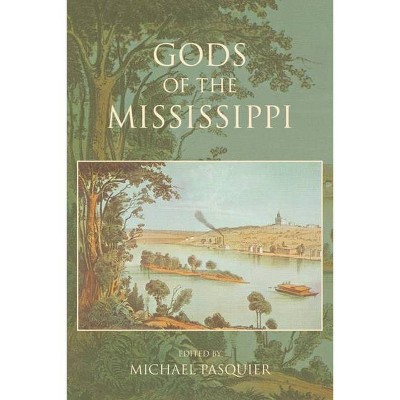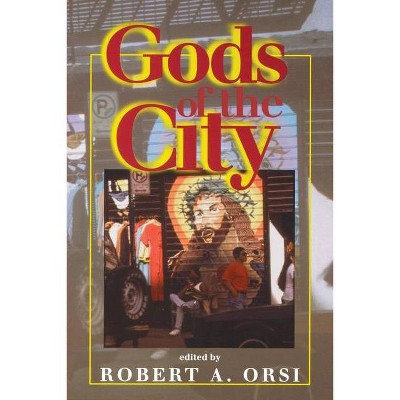Vedanta for the West - (Religion in North America) by Carl T Jackson (Hardcover)

Similar Products
Products of same category from the store
AllProduct info
<p/><br></br><p><b> About the Book </b></p></br></br>" --The Journal of American History An important history of the Ramakrishna movement, the very first and in many ways the most important Asian religious group to appear in the United States.<p/><br></br><p><b> Book Synopsis </b></p></br></br><p>This important book fills a gap in our knowledge. . . . Highly recommended. --Library Journal</p><p> . . . highly recommended . . . --Choice</p><p>With admirable clarity and remarkable brevity, Jackson surveys the history of the movement and raises . . . important issues . . . --The Journal of American History </p><p>An important history of the Ramakrishna movement, the very first and in many ways the most important Asian religious group to appear in the United States.</p><p/><br></br><p><b> From the Back Cover </b></p></br></br>The Ramakrishna movement was the very first and in many ways the most important Asian religious group to appear in America. Founded on the teachings of the nineteenth-century Bengali visionary Sri Ramakrishna, the movement was brought to the United States in 1893 by Swami Vivekananda, a disciple of Ramakrishna. Although its membership is small, the movement has exercised a significant influence in the last hundred years, promoting Hindu reform and revival in India and increasing public awareness of Hinduism through its Vedanta societies in the United States and Europe. An important history of the oldest form of Hinduism in America, this book sheds new light on the progress and adaptation of Eastern spirituality in the West. Carl T. Jackson begins his account with a brief examination of conditions in nineteenth-century India and the United States that explain the sudden appearance of the Ramakrishna movement in the West. He details the origins and teachings of the movement, Swami Vivekananda's seminal role as founder and organizer of Western "work", and the subsequent history of the American mission. Jackson also discusses the movement's American teachings and explains the attraction of Vedanta for Americans. Although conservative in its presentation of Hinduism, the Ramakrishna movement has freely embraced Western methods. As Jackson shows, it is the "middle way" in American Hinduism, taking a path between devotional forms such as the International Society for Krishna Consciousness (Hare Krishna) and meditation ones such as the Self-Realization Fellowship and Transcendental Meditation.<p/><br></br><p><b> About the Author </b></p></br></br><p>CARL T. JACKSON is Professor of History and Dean of the college of Liberal Arts at the University of Texas, El Paso.</p>
Price History
Price Archive shows prices from various stores, lets you see history and find the cheapest. There is no actual sale on the website. For all support, inquiry and suggestion messagescommunication@pricearchive.us



















